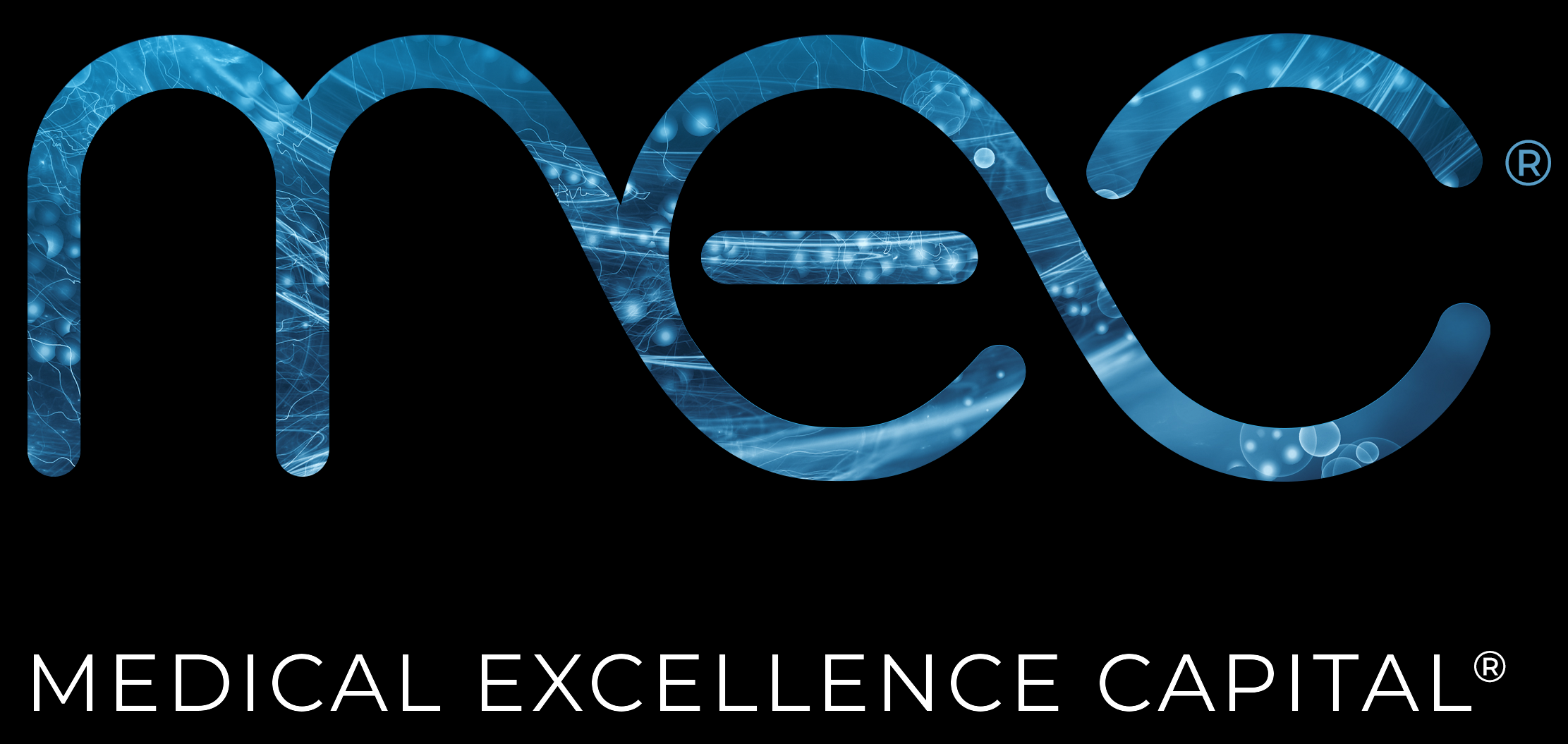Proteins: Translating Structure into Function
Proteins are essential components of the body with a myriad of functions. They function as enzymes to catalyze reactions in the body, form antibodies to protect against viruses, bacteria, and foreign substances, convey signals between cells, tissues, and organs, and transport molecules across cells’ membranes, just to name a few. Proteins are comprised of long chains of amino acids, and their function is enabled by the three-dimensional structure that is dictated by the sequence of this amino acid chain. Given their ubiquity across nearly all functions of the human body, proteins are involved in nearly every disease state, be it as a result of sequence changes that lead to improper function, over or under expression, inappropriate aggregation, or other mechanisms. In this context removal of the offending protein is often desirable.
Protein Degradation: The Body’s Way of Clearing Proteins
The body has evolved mechanisms to remove proteins that are either defective or are no longer needed. The two primary pathways are the proteasome pathway and the lysosome pathway. The proteasome eliminates short-lived proteins and soluble misfolded proteins within the cell, while lysosomes are responsible for the degradation of long-lived proteins, insoluble protein aggregates, extracellular proteins, and even whole organelles. As scientists have begun to understand these two mechanisms, efforts have emerged to create drugs that can direct the degradation of disease-related proteins via these natural pathways. Early efforts focused on the proteasome pathway and resulted in proteolysis targeting chimera (PROTAC) drug candidates entering clinical development in March 2019.1 Other technologies such as molecular glues also use the proteasome pathway. While iterations of the proteasome pathway-focused technologies are now squarely in development, lysosomal-focused pathways, which have the ability to handle extracellular proteins, have lagged.
Avilar Therapeutics: Expanding the Horizon for Protein Degraders
In February 2023, MEC was delighted to participate in the $75M Seed round of financing for Avilar Therapeutics. Avilar is working to develop a new class of protein degraders, focused on the lysosomal pathway. Avilar calls their drug molecules ASGPR Targeting Chimeras (ATACs), because they operate by directing unwanted proteins to the asialoglycoprotein receptor (ASGPR), which is an endocytic cell surface receptor that directs endogenous proteins to be internalized and degraded in the hepatocyte endolysosome. ATACs are bi-functional molecules comprised of a ligand that binds to ASGPR, linked to a second ligand that binds to a disease-causing extracellular protein. ATACs work by binding to and shuttling targeted proteins from the circulation to the hepatocyte endolysosome, where the unwanted proteins are degraded. Whereas first generation protein degrader technology can only degrade proteins that reside intracellularly, Avilar’s approach hopes to address proteins that reside extracellularly. It is thought that nearly 40% of proteins are located outside the cell, so a number of disease opportunities could be targeted that were not addressable with prior technology. We are thrilled to partner with the Avilar team and are excited about the possibilities to come from the work they are doing.
__________________________________________________
1Békés, M., Langley, D.R. & Crews, C.M. PROTAC targeted protein degraders: the past is prologue. Nat Rev Drug Discov 21, 181–200 (2022). https://doi.org/10.1038/s41573-021-00371-6
This post was prepared in good faith by MEC in April 2023 based on information from sources that are believed to be reliable. The contents herein contain a description of an investment made by MEC. References to any investment included herein should not be construed as a recommendation of any particular investment or security. Specific investments identified or described do not represent all of the investments completed by MEC, and the reader should not assume that the transactions discussed were or will be profitable. It should not be assumed that investments made in the future will be comparable in quality or performance to the investment described herein.
